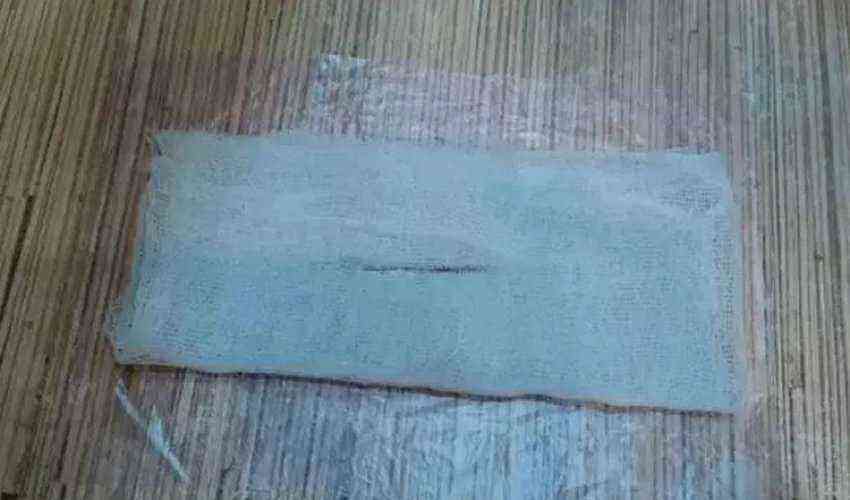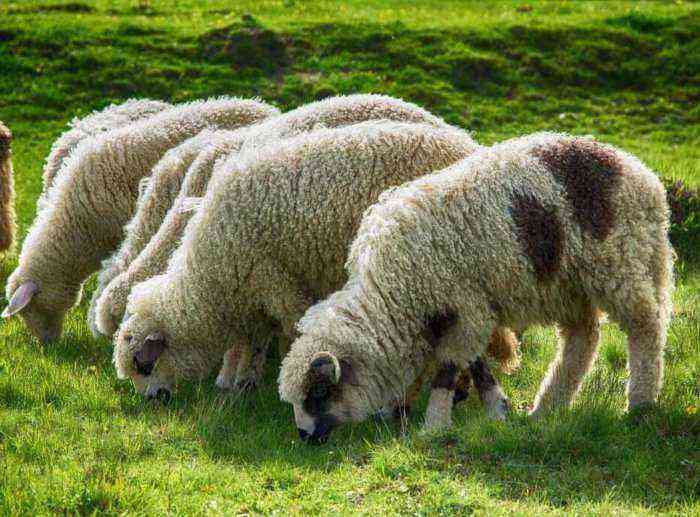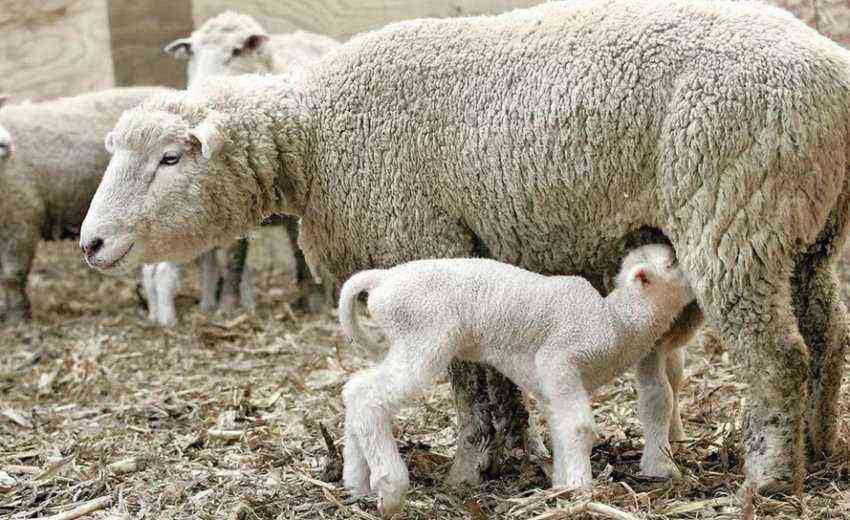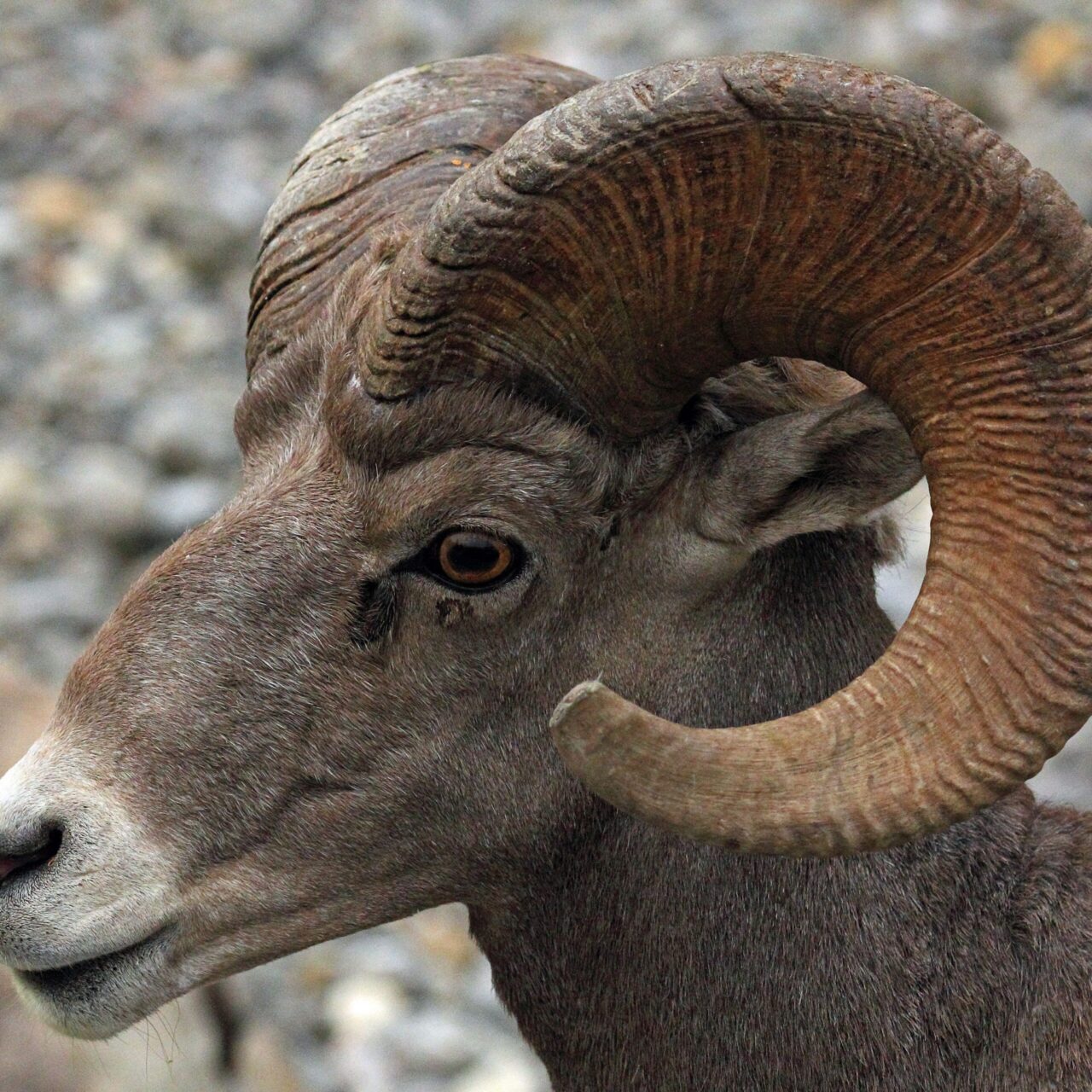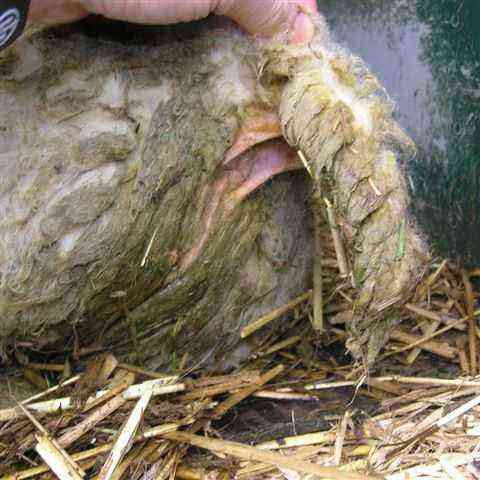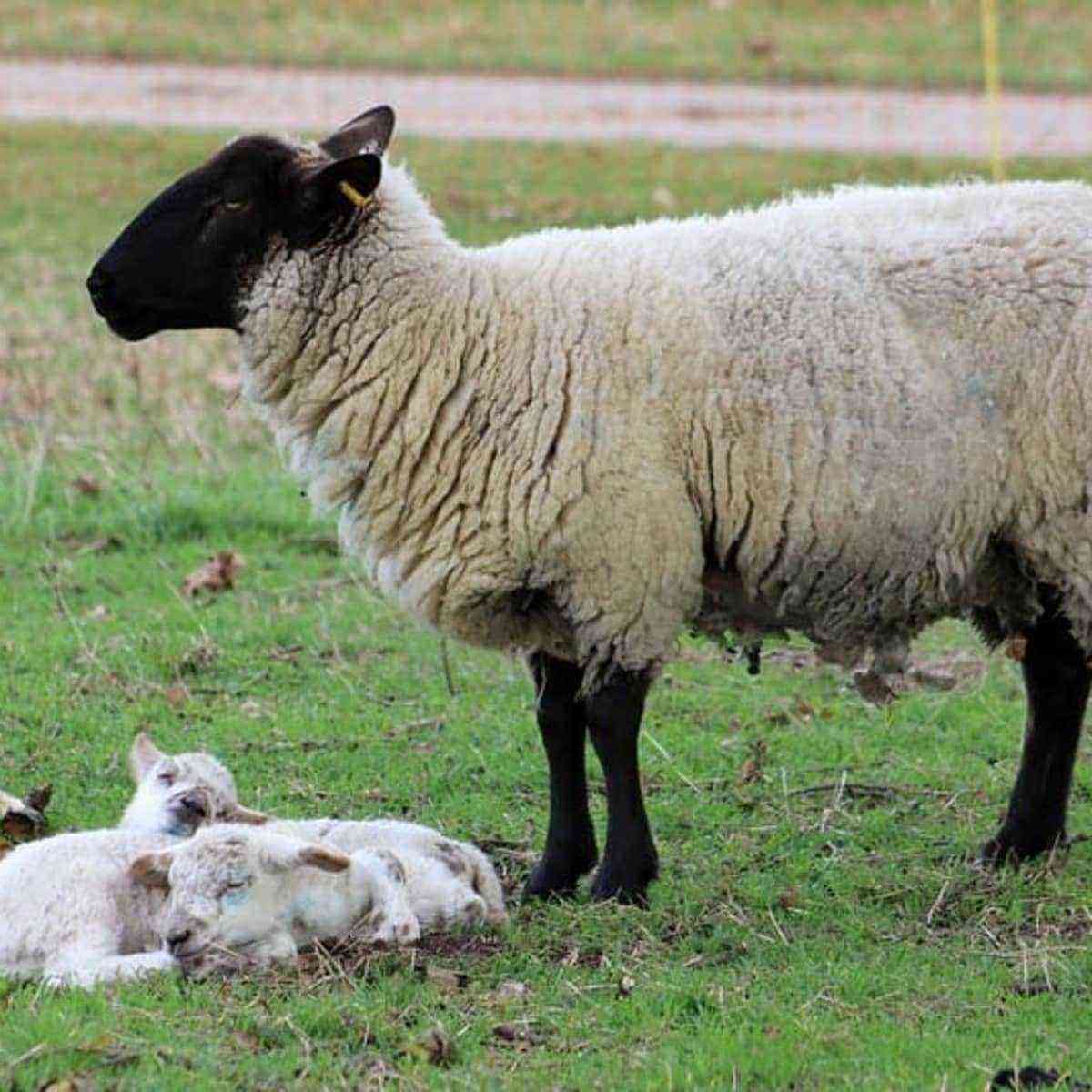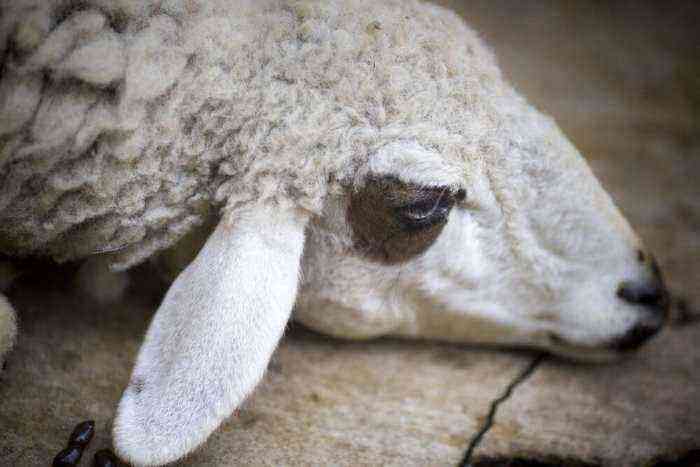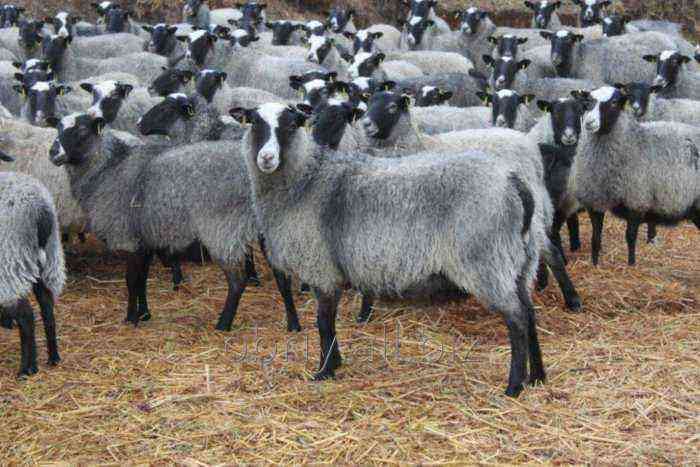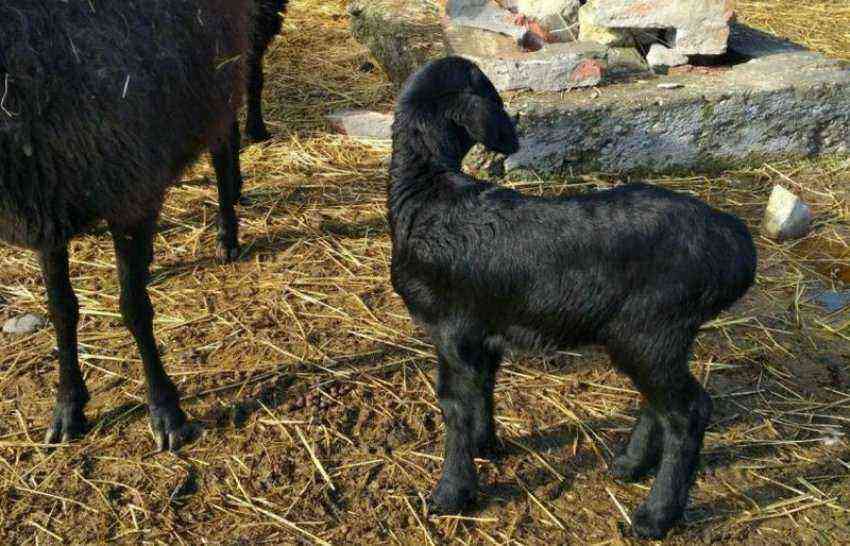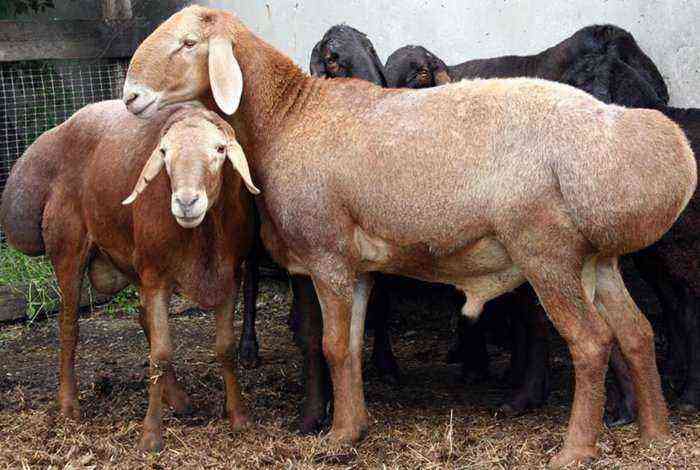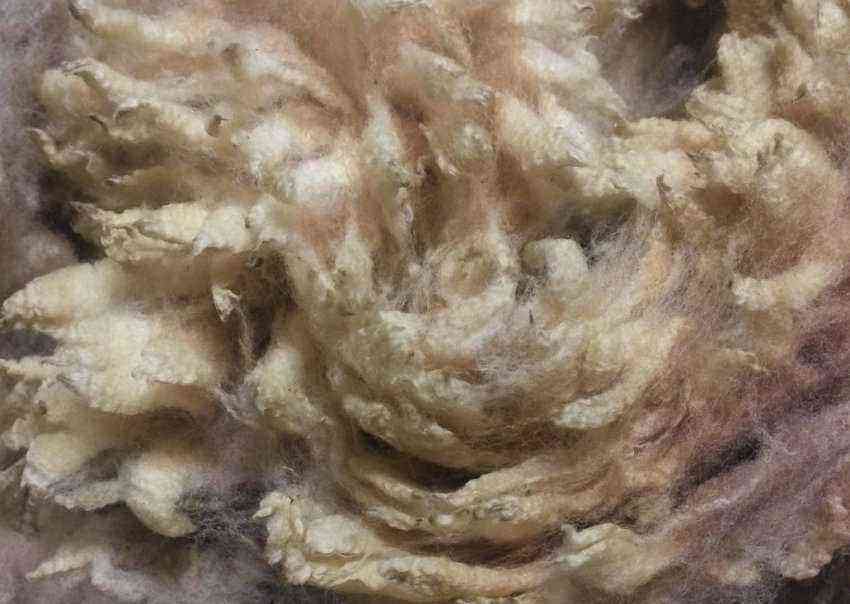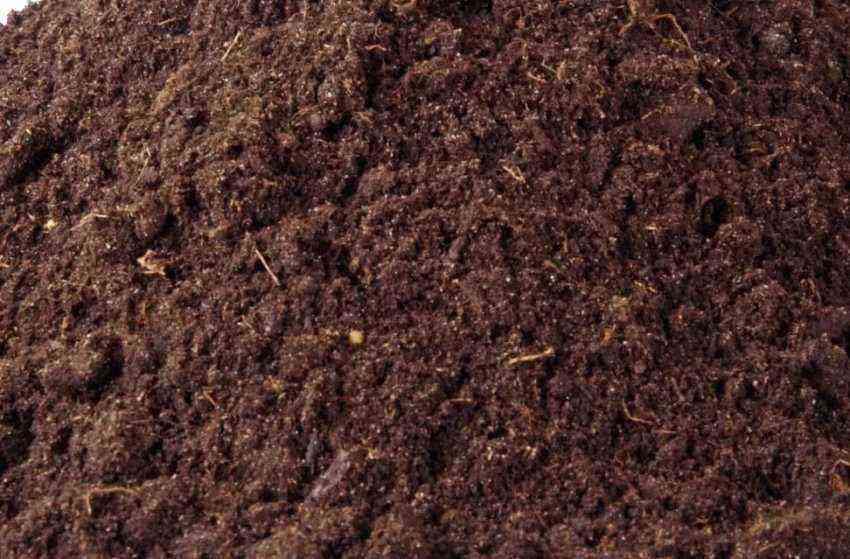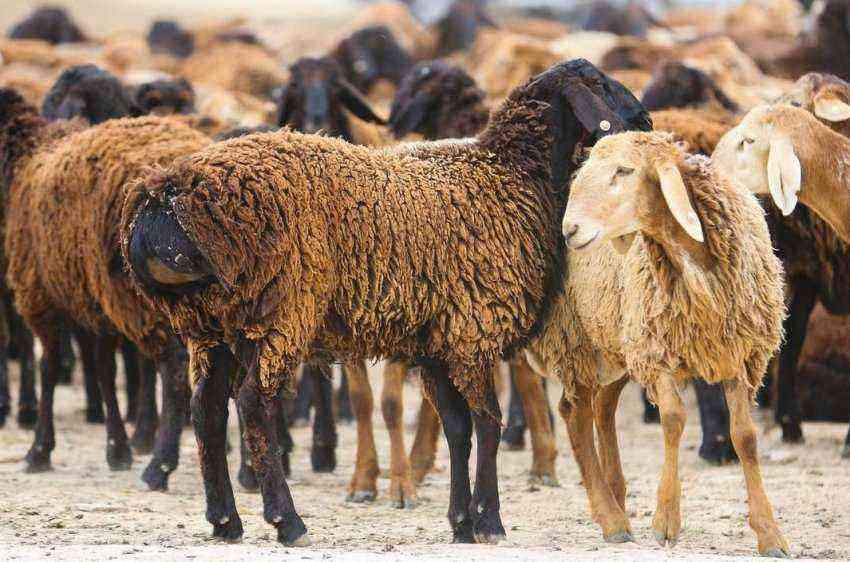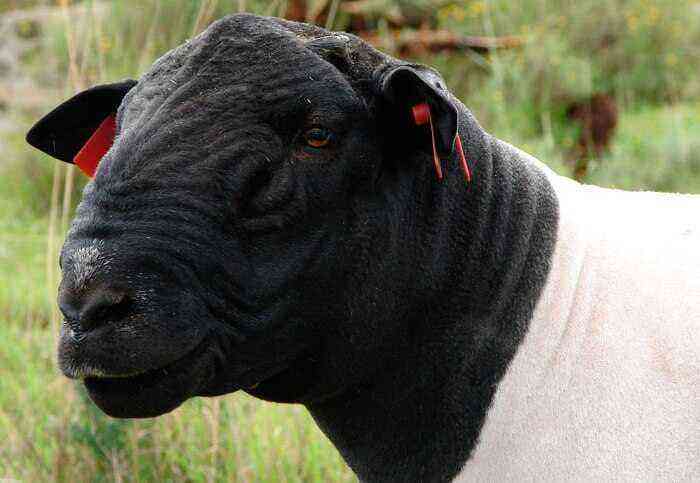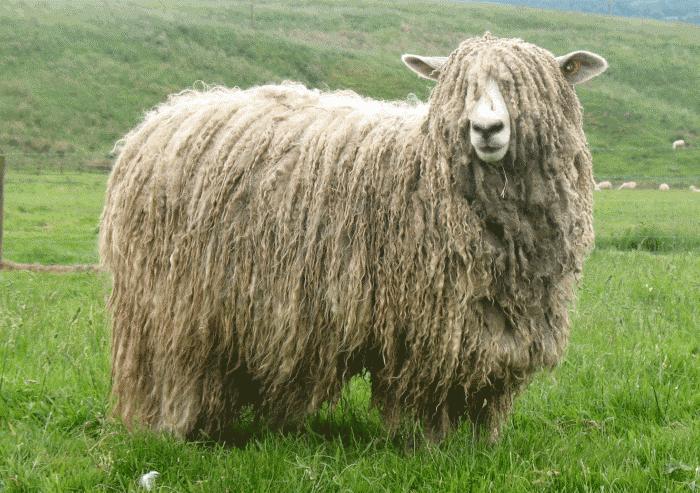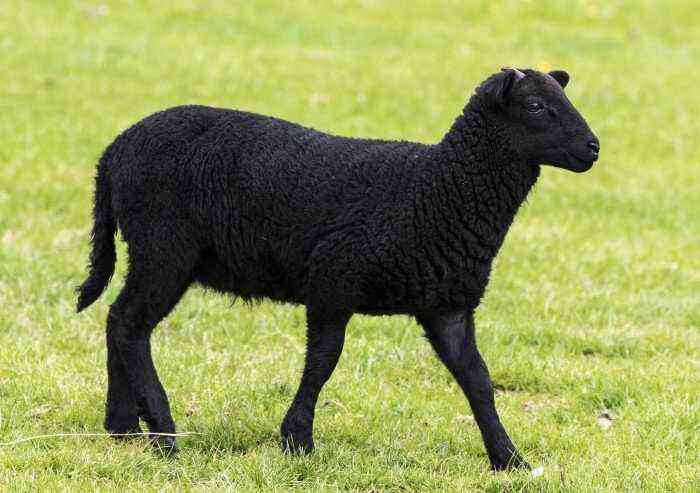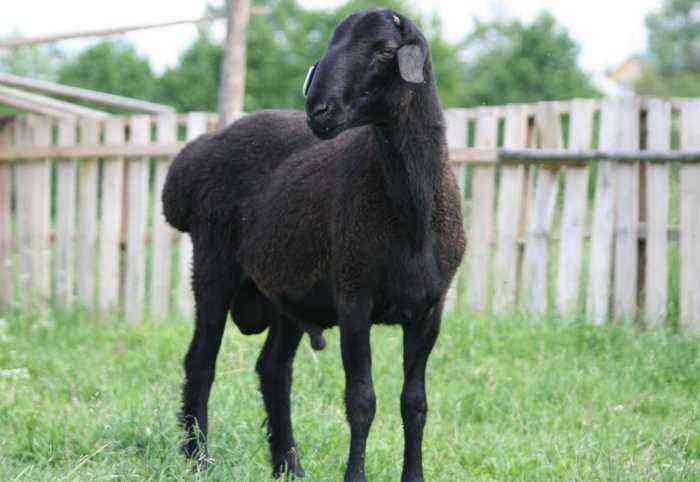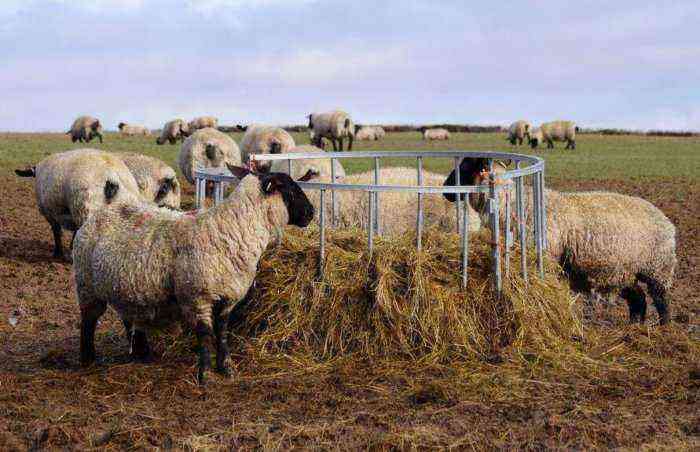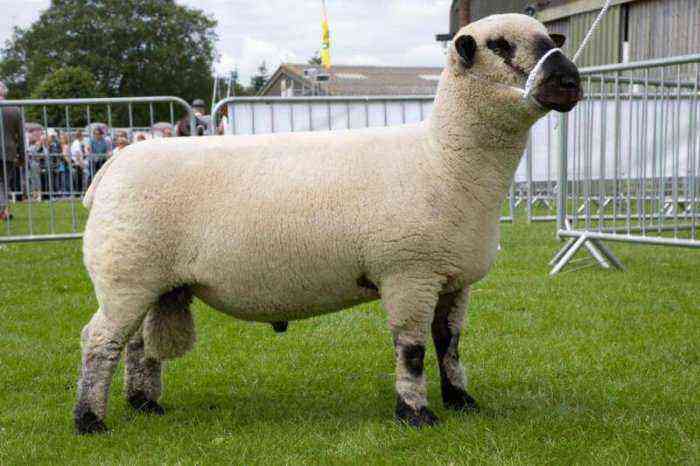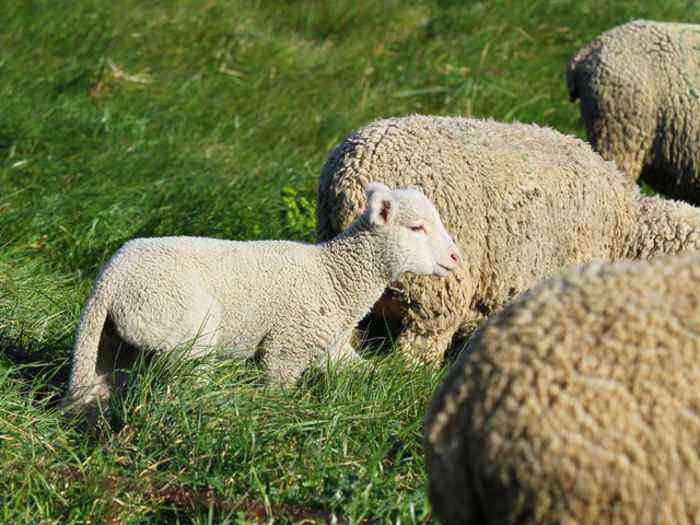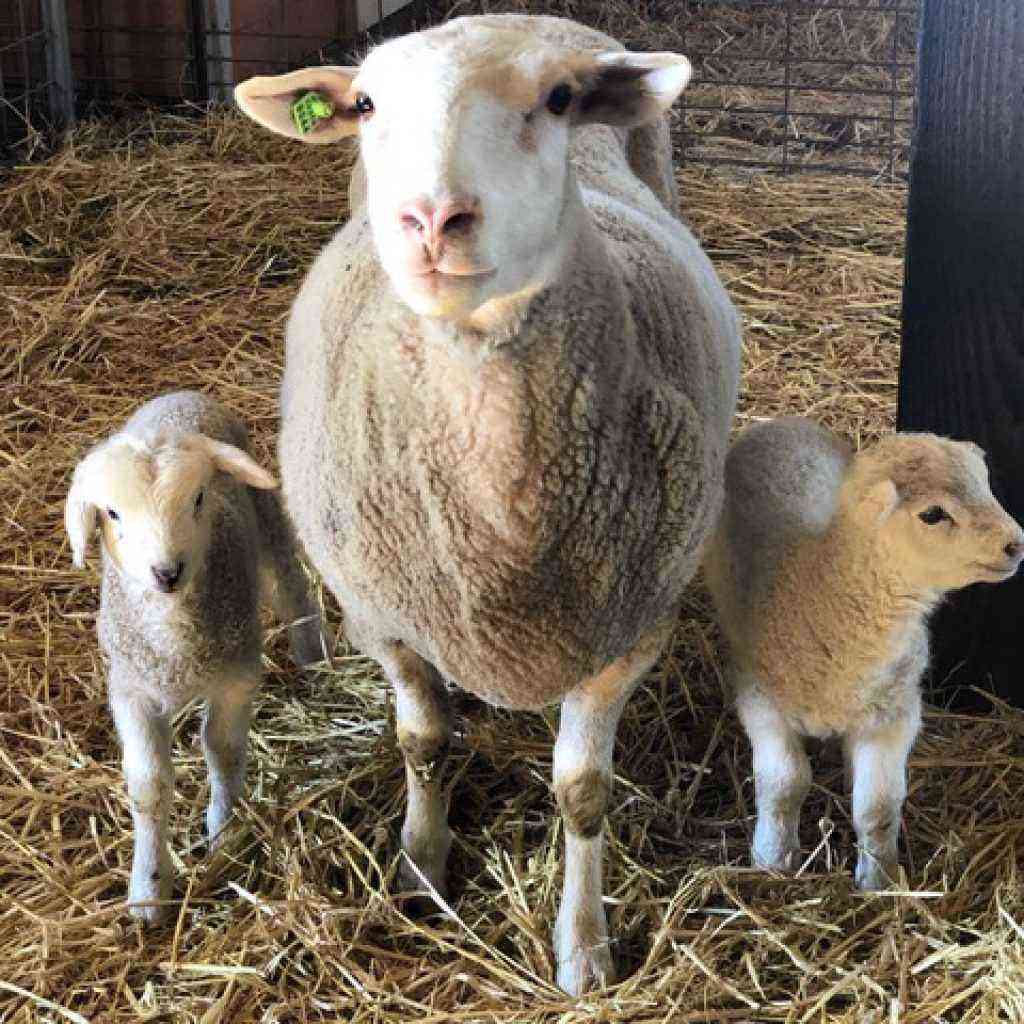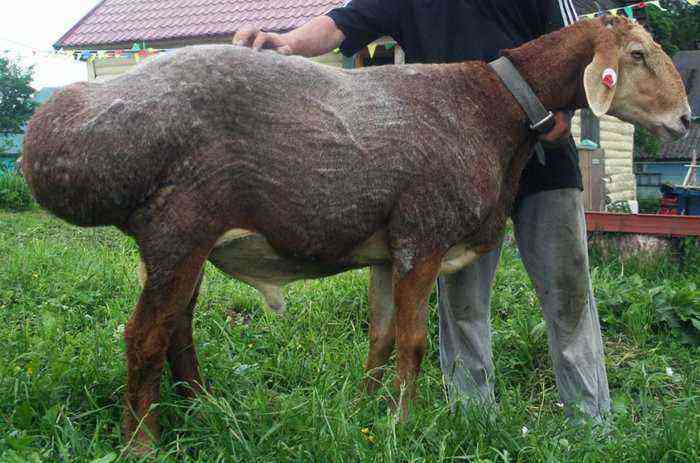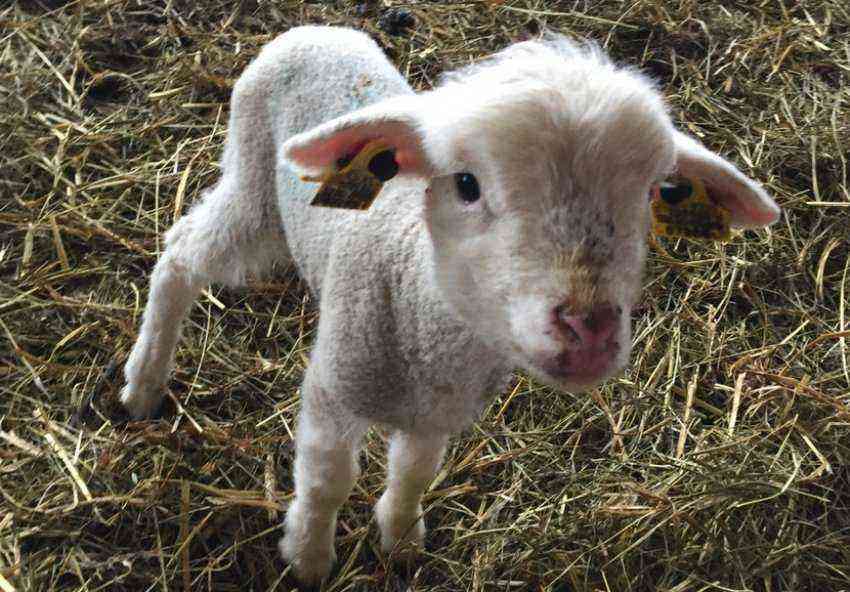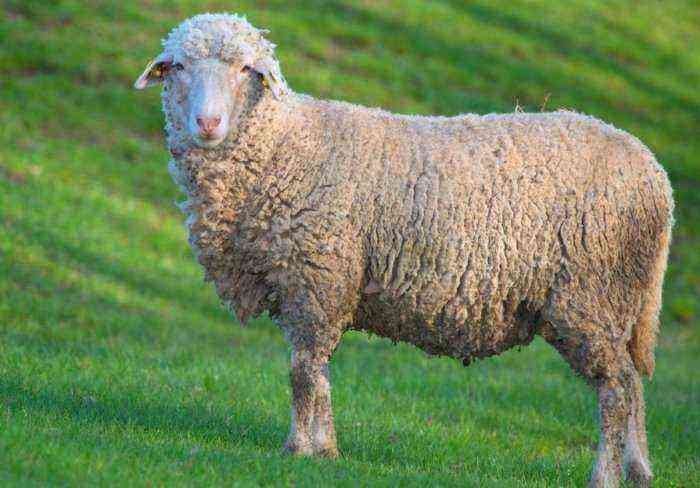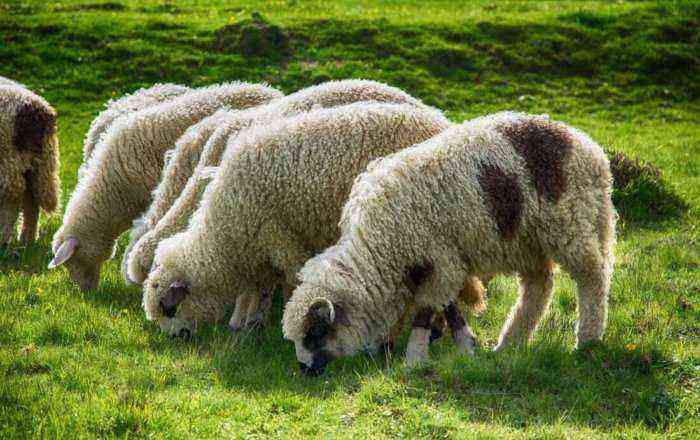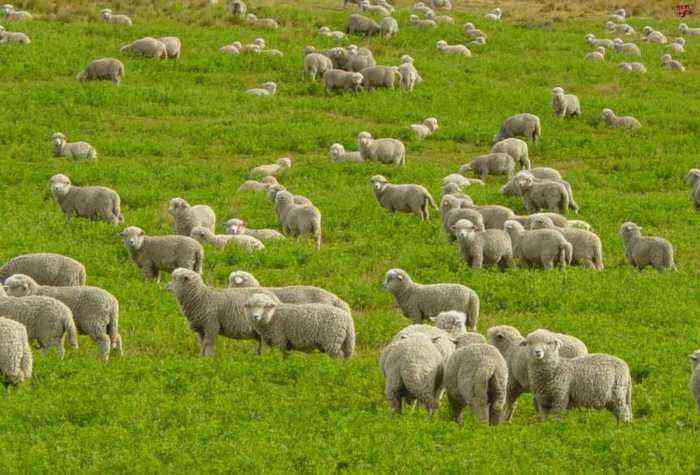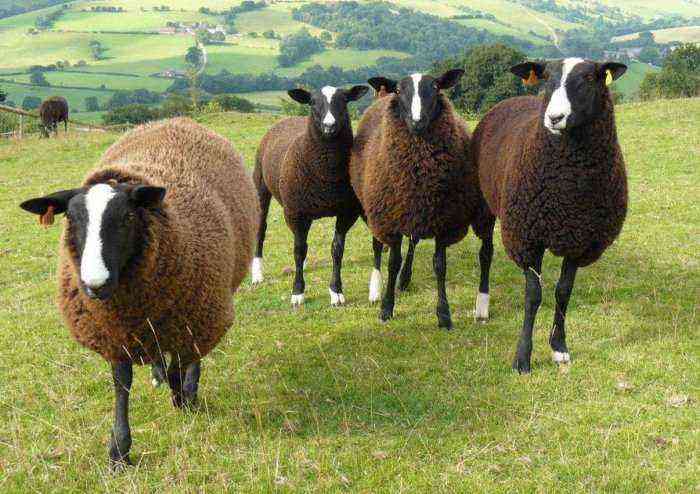Moniesiosis of sheep is a parasitic disease in which tapeworms live in the small intestine of animals – moniesia, belonging to the anoplocephalid species. For their full development cycle, the participation of intermediate hosts – mites living in the soil – is necessary. This disease causes great damage to farms, as sick sheep lose weight, and young animals often die due to helminths.
Development cycle of monieziosis
Disease history
Intestinal parasites affecting small cattle have been known since ancient times, but the first scientific studies of tapeworms began to be carried out only towards the end of the 19th century. Dr. Rudolphi was the first person to describe then 2 varieties of tapeworms that parasitize in the small intestine of sheep and other farm animals. Another doctor, the Frenchman Romain Louis Monnier, dealt with the same issue at about the same time. It was in his writings that detailed information was contained on cestodes that affect the sections of the small intestine of sheep. Monnier was able to describe the characteristics of the worms and gave the helminths the name Taenia benedeni.
Only a few decades later, scientists managed to find out that for the development of helminthiasis caused by moniesia tapeworms, an intermediate host, a tick, is needed. Later, in the course of research, previously unknown types of moniesia were discovered. Soviet scientists Scriabin and Potemkin contributed to the study of these parasites. Now there is enough information about moniesiosis – it is known how the disease manifests itself, how infection with helminths occurs, how to treat the disease.
Exciter Description
Moniesia are large tapeworms that live exclusively in the sections of the small intestine of artiodactyl animals. They differ from each other in body dimensions and the number of eggs contained in mature segments. The most common types of these helminths are:
- Moniezia expansa. These worms grow up to 10 m in length, and the width of their bodies can reach 2,5 cm.
- Moniezia benedeni. These helminths are smaller in size – the length of their bodies is 3,5-4 m, and the width is 1,6 cm.
Attention! Both types of moniesia have no hooks and proboscis on the scolex (head part of the body). Instead, parasites have 4 suckers, thanks to which the worms attach to the mucous membrane of the small intestine of sheep.
The segments of the parasite are of the hermaphroditic type. This means that they simultaneously perform the function of the uterus and testes. Inside them can be up to 600 eggs. When the segments are fully mature, they are separated from the parasite and, together with the faeces, are released into the external environment. Then the following happens – the shell of the segments opens, and the eggs containing the embryos of the worms fall into the soil.
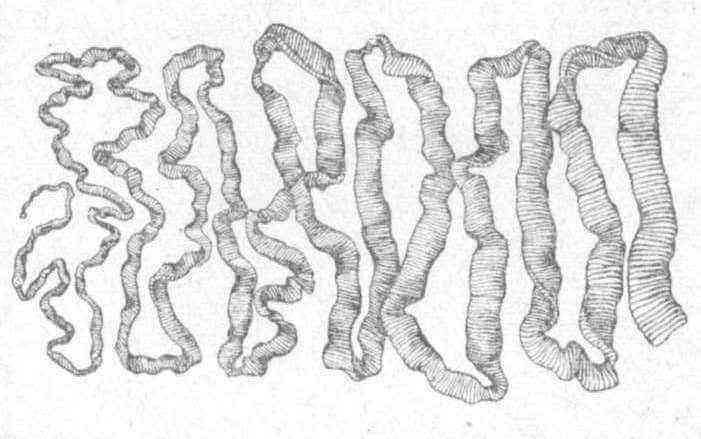
Moniesia are large tapeworms.
At this stage, for the further development of the parasite, the participation of an intermediate host is necessary, which is the tick (oribatida), which feeds on organic substances. Together with soil particles, he swallows helminth eggs. Having penetrated the body of the tick, the oncospheres lose their protective shell and move into the abdominal cavity of the oribatid. It is here that the further maturation of helminths occurs. Within 3-5 months they come to the larval stage. Tapeworm larvae are called cysticercoids.
Attention! Cysticercoids enter the body of sheep while walking on pastures, when animals eat grass. Together with plant food, they swallow ticks, inside of which there are moniesia larvae.
Already after 1-2 months, the helminths become sexually mature and begin to discard segments with eggs, which are excreted with the feces of sheep and enter the soil. The whole cycle of development is repeated over and over again.
Pathogenesis
Having penetrated into the intestines of a sheep, cysticercoids grow rapidly. Every day the length of their body increases by several centimeters. This means that helminths require a lot of nutrients to maintain life and development. In fact, parasites take them away from animals. In addition to the trophic effect, moniesia have another effect on the body of their victims:
- mechanical;
- toxic.
Attaching to the mucous membrane of the small intestine, the parasites injure it, which subsequently causes inflammation. That is why enteritis is often diagnosed in sheep suffering from moniesiosis. The mechanical effect of helminths is also manifested in the fact that they irritate the receptors of the intestinal mucosa, thereby causing intense contractions of the walls. As a result of increased peristalsis, emptying occurs more often. In fact, food does not have time to be digested, and the nutrients from it are partially absorbed. This leads to the rapid depletion of animals.
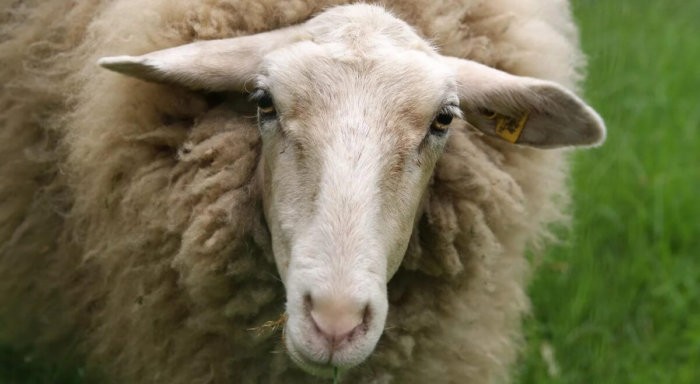
Exhaustion in a sheep
The toxic or poisonous effect of parasites on the body is that helminths secrete their own waste products into the small intestine of the animal. Accumulating toxins reduce the immunity of sheep, poison the body.
Attention! Sheep infected with moniesiasis may develop blockage of the small intestine by parasites, since these helminths are quite large.
Symptoms
The disease moniesiosis is more often recorded in the summer, during the pasture period. It affects all animals, but is most acute in young animals under the age of 6 months. In lambs, the disease develops rapidly and often causes disorders of the nervous system. In this case, death can occur within 2-3 days. Symptoms of moniesiosis in young animals:
- Oppression. Infected sheep look sad and weakened.
- Violation of coordination of movements.
- Convulsive syndrome.
- Animals lose consciousness.
Attention! Such symptoms are inherent in some infectious diseases. To diagnose and prescribe treatment, you need to invite a veterinarian.
In adults, monieziosis does not occur in an acute form. It shows up differently:
- indigestion (frequent acts of defecation);
- rapid weight loss;
- oppression.
Diagnostics
When diagnosing a disease, the veterinarian takes into account not only its clinical manifestations, since they are similar to infectious diseases. Take into account:
- epidemiological situation in the region;
- results of pathological and anatomical autopsy of animal corpses;
- results of analysis of sheep faeces.
The diagnosis of moniesiosis is confirmed if segments of helminths are found in the excrement of sick animals.
Therapies
For the treatment of moniesiosis, modern anthelmintic drugs are used:
- Albendazole or its analogues (Fenbendazole);
- Fenasal;
- Cetovex.
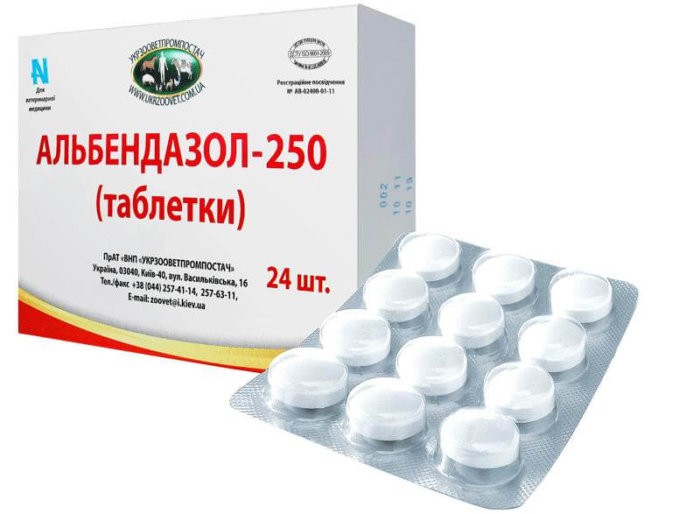
Albendazole
Several decades ago, when such drugs were not yet on the shelves of pharmacies, farm animals were treated with copper and iron arsenates, tin and calcium, and copper sulfate. However, these agents are highly toxic and are no longer used.
Treatment with Fenbendazole (Albendazole) is carried out as follows – sheep are allowed to take orally 5 mg of the drug per 1 kg of weight. The medicine is used once. Before starting treatment, it is not required to restrict animals in food and give them laxatives.
The scheme of treatment with Fenasal for sheep is as follows – 1 g of the drug is given per 0,1 kg of animal body weight. In this case, the dose should not be less than 1 g per individual. If group deworming is required, then the dose is increased by 2 times – 0,2 g of the powder is mixed with compound feed or crushed grain.
Attention! After deworming, moniesia segments continue to be excreted into the external environment along with sheep feces for 2 days. In this regard, it is necessary to collect manure and disinfect it using a biothermal method.
Prevention
The main preventive measure against moniesiosis is the fight against oribatids, intermediate hosts of helminths. Their concentration in virgin pastures and forest clearings and meadows reaches 25000 per square meter. There are fewer ticks on cultivated and sown pastures.
Preventive deworming is carried out with the same drugs that are used for treatment, 5 times a year according to the following schedule:
- 14 days after the start of the pasture season;
- 3 weeks after the first deworming;
- 30 days after the previous treatment of the livestock;
- in late August;
- the last preventive treatment is carried out one month after the transfer of animals to stall keeping.
Monieziosis is a huge danger for lambs, they can die a few days after infection. Adults rapidly lose weight due to the introduction of parasites into the small intestine. Prevention of the disease cannot be neglected – it will help protect the livestock from helminths, which means that the farmer will not incur losses.
